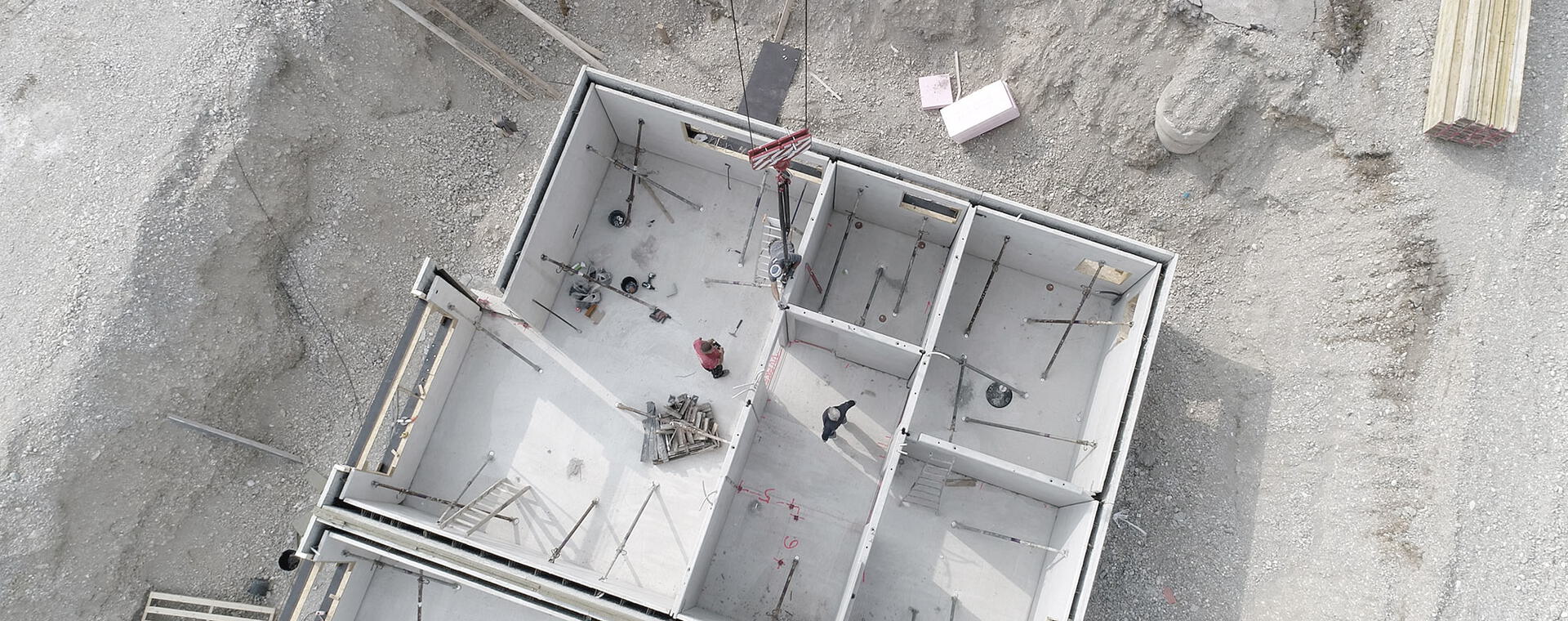
Construction and renovation of collective property in homeowner associations
Facilitating trouble-free construction
Disputes over special requests and defects should, if possible, be avoided or resolved rationally and efficiently. For this purpose, the contractual provisions and the circumstances giving rise to the conflict must be clarified precisely on a case-by-case basis and categorized on the basis of current case law. It is often possible to control subsequent development in order to strengthen one’s position at the negotiating table or in court.
Neighborhood law at a glance
In inner-city areas, proactive agreements within the neighborhood are required on a regular basis to enable trouble-free construction and to avoid a legal halt to construction. In the event of disruptions to the construction process, comprehensive documentation in accordance with the strict requirements of case law is necessary to be able to enforce claims associated with this.
Roof conversions generate additional space
Retrospective roof conversions regularly lead to conflicts with the homeowner association. However, , specific requirements must be taken into consideration no later than during planning and the performance of construction work, so that the work can be completed on schedule. There are an increasing number of practice-related special topics in construction law that can only be recognized and efficiently handled with the appropriate specialized knowledge and the necessary practical experience.
The development of attic units in apartment buildings is a very popular method of creating more living space. This is either done in the course of renovation by the party dividing the property, or later by the respective owner of an attic unit. On the basis of the authority granted in the declaration of division, attic units that were previously often unused are converted and extended for residential purposes, in many cases also increased in size and subsequently sold.
Roof terrace- a challenge in terms of construction law
Severe structural damage, attributable to unprofessional construction work, are often only after several years. In particular, roof terraces that are created retrospectively are extremely prone to damage and, in quite a few cases, eventually lead to water damage in the floors below. Subsequently, damage to individual property and the collective property occurs. Such damage caused by moisture may facilitate the growth of wood-destroying fungi, which can quickly result in high refurbishment costs.
It is not uncommon that the seller's warranty period has already expired by the time the first damage is noticed, or the apartment has been resold in the meantime with the warranty excluded. Nonetheless, the aggrieved homeowner association and the individual condominium owner are not completely without rights in this situation. In the rarest of cases, the party responsible for the structural damage or its liability insurance company voluntarily pays for the damage that has occurred, so that such cases frequently have to be pursued in court.
We have many years of experience in the provision of evidence and special skills in pursuing f existing claims, in order to ultimately indemnify the HOA.
